We need to change the perception that digital is cheap: Chanpreet Arora, Vice India
Vice Media, a leading global youth media brand, launched in India in April this year through a partnership with The Times of India Group. Vice is producing and distributing local programming for digital, mobile and linear platforms. Vice India has introduced all of its digital brands under the VICE.com banner.
Vice India has already assembled more than 40 journalists, editors, producers and creatives in India to focus on content production, editorial, creative services and content distribution for the multi-platform content production hub based out of its Mumbai office. A sales and business development team has been put in place in New Delhi to drive business growth and brand partnerships. By the year-end, Vice India aims to be 70 -people strong.
With a strong focus on culturally-relevant topics and experiences of what it is like to be young in India today, Vice India’s local original content programming spans conversations across topics like food, music, politics, sports, sex, identity, nightlife, arts, and comedy.
Leading Vice’s India operations is CEO Chanpreet Arora, while Samira Kanwar is Head of Content. Arora is overseeing growth and expansion of the Vice brand, working across business development, sales, operations, and strategy.
In conversation with Adgully, Chanpreet Arora, CEO, Vice India, speaks at length about the company’s plans for India, content strategy, growth trajectory and more. Excerpts:
What are the key operations that have kept you busy since Vice India’s inception?
At the outset, I would like to give a short perspective of what we do at Vice Media. We are a full scale media company which is present in 43 countries through its cable network, digital medium presence and film studio. We have physical offices in 36 countries and we are privately held company and also a heavily invested company from various media.
Shane Smith and Suroosh Alvi started Vice Media. Both are documentary filmmakers and that has been the core of the organisation. It’s a content first company. It started as a magazine, where it used to cover sub-cultures and millennials’ behaviour and that ethos was then taken forward and today it stands for news. Vice has been nominated for 11th Emmy Awards for its news coverage. We also have a cable network called Vice Land. We also have Vice Films Studio along with Vice News, which launched eight months back with YouTube and is one of the most engaging new channels on YouTube.
Over the years, what we have maintained constantly is our honest communication with the millennials. Vice has captured the imagination of many companies with its reliable information. In that scenario, Vice came as a company which talks directly to the millennials in the language that they understood, with engagement, entertainment, and information, along with trust. Trust is a fundamental core that we as a company work on.
In India, too, we follow this ethos. We continue to focus on our mandate, which is – ‘We are a content-first company’. We tell stories which are relevant to the millennials, irrespective of the platforms. For us, the platform comes after content. It’s a secondary element for us.
What is the nature of the partnership with The Times of India Group?
Times is a very good open partner. The partnership with Times especially allows us to operate completely independently. For us, it’s a totally different system. We have literally come in with an investment from a company, but that company is a parent for us just like any other. Vice has broadly brought in their ethos completely in Times Now and it has all the liberty around the content that they want to do. They have played an important role in setting us up operation wise in India. They have helped us in putting the team together, and they have helped us in giving an Indian version of the processes and systems.
Being a relatively new entrant, what are the challenges that you are facing in the Indian market?
There are two challenges. One is the whole perception that India is a fiction market and not a non-fiction market. But, the way we define content is something which is engaging. I firmly believe in the term – ‘Blue Ocean Strategy’. I live by this strategy. I can’t say that only fiction works. At the end of day, I’m someone who works in the business of storytelling. Whether the story is best told in fiction or non-fiction, we decide on it later. Having said that, I feel the completion is really stiff. A lot of players have become wise in India before Vice came in. (Laughs). There is a clear differentiation. First of all, no company can be a bank of all good ideas. A good thing about the competition is that there is more acceptance of these conversations.
Secondly, most companies are either in production or just in small pieces of content which is largely funded. But, we are the only full scale media company. We have our own IPs and on that we are working with multiple partners like Voot and many more now.
As I said earlier, we are a content-first company. Hence, we are investing in IPs. We create our own content which we distribute across our platform and partner platforms. We also do production commission for people in the tonality they are expert in. I use my ability and extend it with the production companies as well.
We have now started working very closely with the brands who also want to tell stories. We will soon be announcing large associations lasting over a year. Brands now want to engage with and entertain consumers within the space that matters to them. Instead of being on the backfoot, we have differentiated between advertisement and content.
We tell our content stories in two ways. One is the Vice way and the second is the virtue way. We have a full scale agency called Virtue Agency.
For Vice, we have three models in our business – A production house, as a media company, we too have all other media inventories. Finally Virtue, so it’s Vice and Virtue working together and putting out an integrated solution and that differentiates us.
It’s also challenging because Vice is very well known internationally, but in India it still has a big task to building it up. We are under no misconception that we are still in investment. Our journey has just begun.
You have mentioned about partnering with Voot. Could you tell us more about the tie-up?
For us, Voot is a platform player and it works with many content players for licencing of content. We have ‘Kya Bolta Hai Bantai’ and a Mountain Dew documentary on Voot. We give them our content depending on the nature of the series. Not everything goes on every platform; for us, reach is very important and for that we are going to choose 3-4 key platforms.
What is the genesis of the documentary – ‘Kya Bolta Hai Bantai’?
We chose ‘Kya Bolta Hai Bantai’ as our first documentary because it’s local and it talks about the rise of the sub-culture of music in India and also connects with the millennials.
As I mentioned earlier, we cover stories which target the millennials. Sub-culture is our focus in India. We have not come out with news yet, but it’s on the cards. But, we do focus on topics that are under service such as something related to drugs, sex or for that matter unemployment, LGBTQ and gaming. The reaction that we are getting is phenomenal, because we are over-indexed on news and under-indexed on engaging with the millennials. In terms of engagement, I think millennials are looking for something which is normal to them. For them, topics such as sex and drugs are very much normal. With such content, we want to make an open and less hypocritical ecosystem.
Vice Media’s content is known to be very edgy and provocative. What is the reason behind this?
There are no particular reasons as such, but we have a few interpretations on that. Firstly, it depends on the topics that we showcase which are underserviced. Secondly, the tonality remains the same, which means we don’t sensationalise and glamourise it. Without judging the topic we go about it from the observer’s point of view. The third aspect is legality. We have to abide by the laws of the country and talk about the things that the government permits us to do. With this, it doesn’t mean that we don’t talk about these topics. We do portray such topics from a research or educational point of view.
Given India’s diversity, how tough is it to be edgy here as compared to globally?
This is not Vice in India, this is Vice India. We all are Indians and for this we must give credit to Vice Global, because they have never interfered in our subject and tonality. They have always helped us in passing on the learnings of all the ethos of filmmaking that they abide by, some do’s and don’ts that we should follow. The role in content is validation of the content, not the type of content that we should do.
We started our content research in August last year, but we launched it only in April this year. We used those nine months for research on tonality, content and legality. We have invested our time on research to ensure that we understood the religious and cultural tonality, but at the same time we are not affected by it to water down the conversation.
With the duopoly of Google and Facebook, how much of a market remains for other digital players? Do you see a dent in this duopoly any time soon?
You can see the market in two distinct ways. First is Platform and second is Content. If you look at platforms like Facebook and Google, India and Asia are quite challenging markets with increasing clout of OTT platforms. Rise of OTT is a serious threat. There is so much investment going into OTT these days by all the big players. With the hyper localisation of content, OTT is going to further expand in the market.
I think Google and Facebook are doing good job on their platforms, but a lot of diversion of print and TV advertisement will happen with this. The market is yet to reach its maturity and is going to expand a lot. For me, it’s an expanding market at a platform level, a golden period for content. Today, if you are actually creating good content, you will get a buyer. It’s all about getting the process right even with a very limited market share. Sustainability is not a challenge if you have great content.
We need to change this very strong perception that Digital is cheap. Digital is just a medium like we have Print, TV and Radio. It’s not cheaper or more expensive. It has certain benefits which are addressable. It is more responsible as a medium. It is always the quality of the content not the production cost. Engaging the viewer is what we need to remember and not price reduction.
The biggest thing which doesn’t work for the film industry and TV is that they have one channel where they have high cost of distribution and are linear with one prime time. Now, because of non-linear viewing, the exposure and viability of niche audiences have been at its best. It’s viable to do 4 short series and put it out on the OTT platform, where a huge chunk of the population will view it and for that, I don’t need to put out 50,000 reels in 50,000 cinema halls and then put it on TV. So, there the cost of distribution and the cost of prime-time reach fell, whereas the data access cost too fell because of which the explosion happened. It’s the fall of data access, cost, the better inscription technologies which made better data delivery and explosion of OTT platforms. These are some of the big factors. Players like Vice need to expand the market.


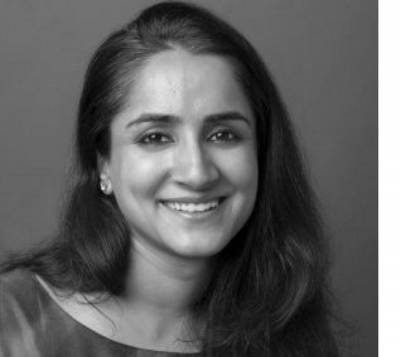
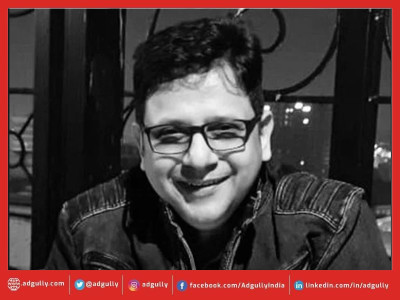
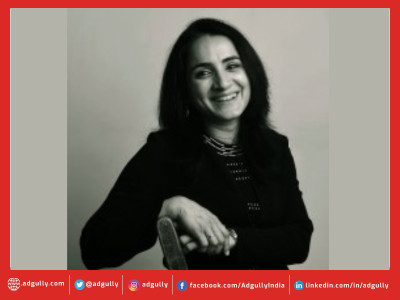
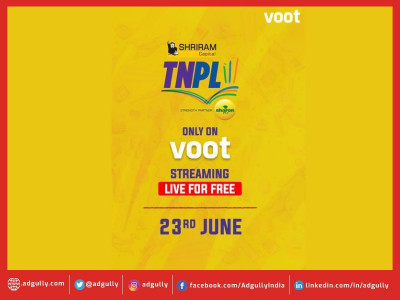
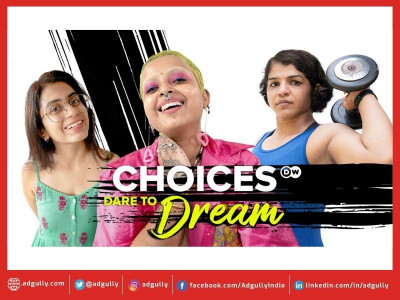
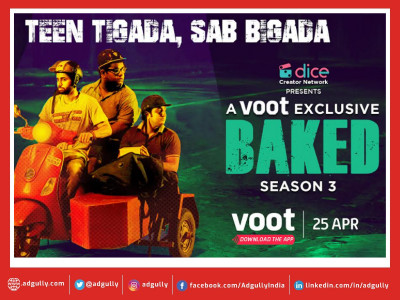
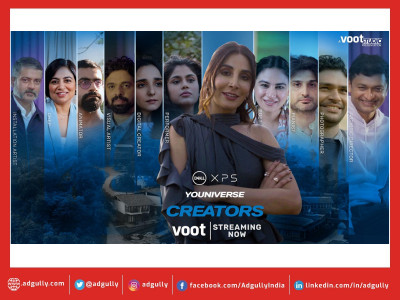
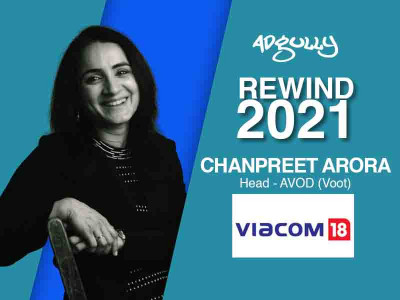
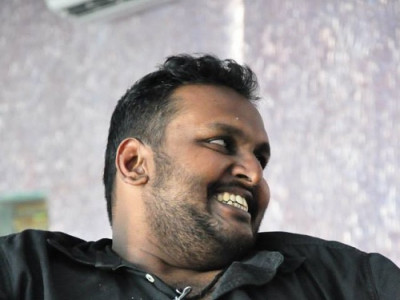

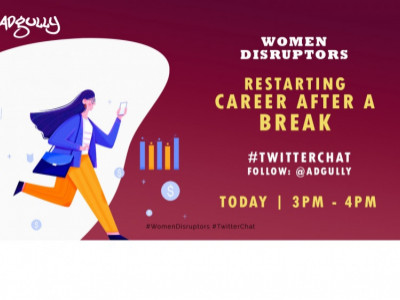



Share
Facebook
YouTube
Tweet
Twitter
LinkedIn